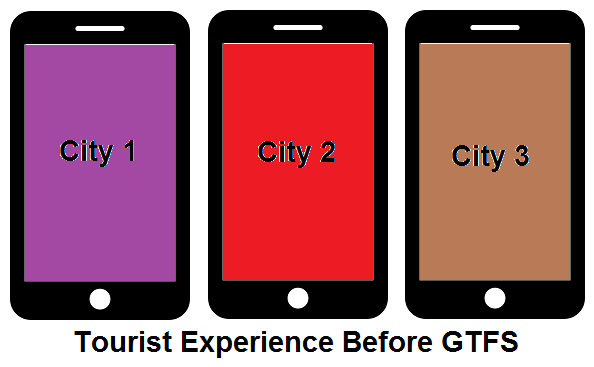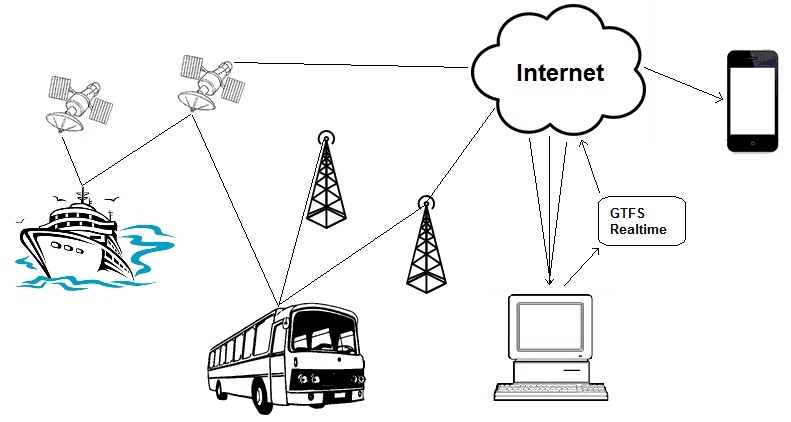Increasingly, online maps and journey planning apps are the new “someone to ask” about how to get somewhere and it’s highly likely your business is not the answer they are giving…
It used to be enough just to get to #1 on Google search results. However, that’s changed with the advent of Location Based Searches and Journey Planning smartphone Apps. If your business involves taking passengers from A to B (and maybe back again), then to compete properly you now need your timetable, pickup and drop-offs appearing in these search results and journey apps.
More and more, tourists and irregular travellers are relying on these online mapping services to find their way around unfamiliar places and if your business is missing from these search results, then it’s highly likely they’ll choose one of the other alternatives offered.
To see if you or a business you know is missing out try this quick test. Go to the following page (https://addtransit.com/missing-out.php) and enter one of the business’s pickup and destination locations. If the business’s timetable and services do appear, then well done! Otherwise, read on.
So, how do you get onto the online maps and journey planners? Unfortunately, the schedule or timetable on your webpage, or your own custom built journey planner is just not enough.
You will need to create a GTFS file. A GTFS file is a special type of file that contains information about your business, its schedule and timetable, and its routes and stops including their latitudes and longitudes. The GTFS file is used by the online maps and journey planners to add your data to their systems. There’s a number of ways to create a GTFS file, but if you have limited time or technical skills then getting a company such as AddTransit.com to do it for you, is a quick and cost effective solution.
Once the GTFS file is created, then you need to get the companies that use GTFS files to use it. This normally involves adding a link on your website and submitting it to both GTFS directories and to the various search engines and journey planning app companies. Each company has different submission forms, timeframes, and acceptance conditions. If you got a company to create the GTFS file for you, then they should submit it for you. Otherwise you’ll have to learn how to do it yourself.
Of course your timetable, stops and routes will change, so like all your marketing and customer service information, it’s important to keep the GTFS file up to date. That way your passengers should be able to see your latest information.
Best of luck and have a great day.





